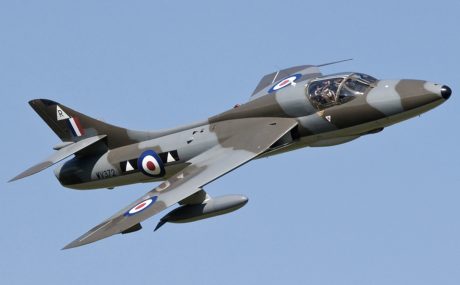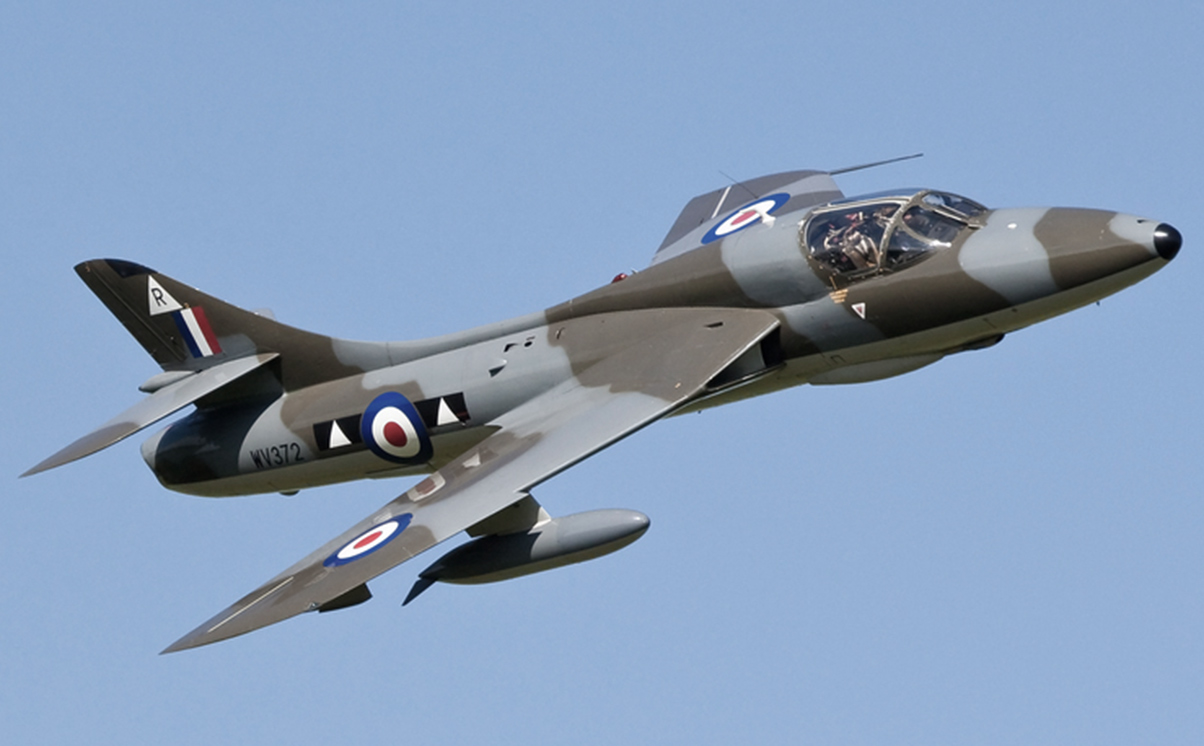In HM Senior Coroner for West Sussex v Chief Constable of Sussex, the court considered whether video footage taken from the cockpit of the aircraft that caused the Shoreham Airshow crash could be used by the coroner when conducting inquests into 11 deaths arising from the crash, ie whether it was ‘protected material’.
In this article, Kieran Mercer considers the decision in this case, what constitutes protected material in an air accident investigation and the potential impact for claimants of material being protected.
The question of the admissibility of factual evidence in legal proceedings in the aftermath of air accidents has received ample argument. There is often tension between the state’s obligation to undertake a thorough accident investigation with the aim of fact-finding and learning lessons and litigants seeking to attribute culpability and secure compensation. The state, injured parties, prospective claimants and their respective legal teams are often all interested in the same material. However, the law takes a different approach to each party’s ability to access and rely upon such information.
Rogers v Hoyle
Until the Court of Appeal ruling in Rogers v Hoyle in 2014, official accident reports based on the collection and analysis of material compiled by the UK’s Air Accident Investigation Branch (AAIB) were inadmissible as evidence in civil proceedings. Until that point, the rationale had been that allowing the AAIB’s findings to be relied upon in court proceedings would prejudice accident investigators’ ability to obtain sensitive factual information following an incident or accident. It was felt it would deter witnesses from sharing their accounts with investigation teams.
However, in Hoyle, the court held that permitting the inclusion of accident reports would not impinge on the accident investigators’ capacity for enquiry. The investigators are concerned with highlighting the facts and not attributing liability or blame. In any event, the final reports are published online. They are, therefore, in the public domain and relied upon by parties to mount a claim or defence regardless.
The AAIB’s role in collecting and managing factual accident information is the product of global aviation regulation being brought into domestic law. Following the incorporation into EU and national law of the Convention on International Civil Aviation (“Chicago Convention”) signed in Chicago in 1944, certain materials shall not be made public or disclosed by a state entity for any purpose other than air accident investigation unless a competent authority agrees to the disclosure. Such disclosure will only be permitted where “disclosure or use outweighs the likely adverse domestic and international impact such action may have on that or any future investigation”. In England, the authority that applies this test is the court.
As a result, access to such protected material has at times created tension between different state entities such as the AAIB and HM Coroner, who are often simultaneously exploring the causes of an air accident. In addition, legal teams seeking to build the evidential basis of their clients’ claims have an interest in receiving material that could be deemed protected early in the litigation process. The definition of protected material has, therefore, been the subject of litigation as those with a stake in the various legal processes that follow an air accident seek to secure and utilise as much evidence as possible.
Material that gave rise to a series of court hearings in this respect was GoPro camera footage taken from inside the cockpit of the Hawker Hunter T7 aircraft that crashed onto the A27 during an aerial display at the Shoreham Airshow on 22 August 2015. The crash claimed the lives of 11 innocent men and was the most significant air show disaster since the 1952 Farnborough Airshow crash. The Hawker Hunter pilot, Andy Hill, survived the accident and was acquitted of any criminal wrongdoing.
HM Senior Coroner for West Sussex v Chief Constable of Sussex
In February 2022, judgment was handed down by the High Court in the case of HM Senior Coroner for West Sussex v Chief Constable of Sussex. The coroner had requested disclosure from the AAIB of footage Mr Hill took from the cockpit of the aircraft that crashed. Mr Hill supported the disclosure of this material, which was in the hands of the AAIB.
The AAIB contested the application on several grounds (and was supported in this by The British Air Line Pilots Association (BALPA)). It argued that disclosure would have a significant adverse impact on future safety investigations (as was the argument it advanced in Hoyle).
The court said the need for protection arose for reasons of substantial public interest in the effective investigation and prevention of accidents. A point that required consideration was whether a distinction should be made between in-built recordings produced by devices within the aircraft’s systems and footage from a private device such as a mobile phone or, in this case, a GoPro camera. The High Court decided that all recordings within the aircraft are protected from disclosure, saying: “The AAIB’s experience is that these can provide significant and unique evidence which can greatly assist in the effective investigation of accidents and the ability to identify measures to prevent reoccurrence.” The source of the footage was immaterial.
The court also said: “The disclosure or use of material for purposes where the disclosure is not necessary in the interest of safety may mean that, in the future, the information will no longer be openly disclosed to investigators. Lack of access to such information would impede the investigation process and seriously affect aviation safety.”
The ramifications legal practitioners are starting to see from this decision suggest that the court may have taken the protection of material pertinent to an air accident investigation too far by dictating how the property of private citizens such as Mr Hill is managed once it’s in the hands of the AAIB.
In HM Senior Coroner v CC of Sussex, the court was primarily concerned with the passing of protected material from one state entity to another (the AAIB to a coroner) and the release of that material into the public domain. But what of material relevant to an aircraft investigation that was in the possession of private citizens who sought to share it with others? It is possible to envisage a scenario where victims of an air accident who had recorded footage of the accident on their own devices, then shared it with the AAIB, would then seek to share their footage with their lawyers to form the evidential basis of their liability claims. Would such material be automatically captured by the ruling and, therefore, be protected, preventing the victims from using it? Or could the victims share the material with their lawyers so long as it was kept confidential and not disseminated publicly?
A possible interpretation is that the ruling extended the definition of protected material to include all video footage relevant to an air accident investigation taken from within the cockpit. It was the nature of the footage, not whose possession it was in that rendered it protected. It was protected from the moment it became relevant to an air accident investigation, depriving the victim of its ownership and use.
The court in HM Senior Coroner v CC of Sussex said: “The regime in respect of protected material exists to encourage all those involved in air accidents or incidents, wherever in the world they take place, to cooperate freely, openly and willingly with air accident investigations being conducted within the regime, so that the air accident investigator can obtain best evidence, and therefore be put in the strongest possible position to prevent future accidents… The investigation of accidents and serious incidents requires full and frank cooperation on the part of all those able to assist the investigation. There is a public policy interest in ensuring maximum willingness of persons to cooperate with an AAIB investigation and ensuring that they do not withhold information or evidence which may inform the investigation.”
Conclusions
If the protected material definition is cast too widely, the personal interest of accident victims using their cockpit footage to support their cases on liability would be at odds with the need to pass this material to state entities for the exclusive purposes of accident investigation. Such a position could have unintended consequences; namely, as the court in HM Senior Coroner v CC of Sussex said, a “chilling effect” on victims’ cooperation with state entities by restricting their access to important evidential material. It would undermine the state’s ability to obtain the best evidence to support its investigations and prevent similar accidents from occurring in future.
A logical compromise that would safeguard the state’s access to relevant material (while not inhibiting a victim’s ability to share relevant information with their legal team) would be to insist that such material was kept confidential between the victim and their lawyers. This would ensure that material useful to an accident investigation was known to accident investigators and kept out of the public domain while allowing the victim to use their own footage to better understand their case on liability for the accident. The alternative would be to pit accident investigators against victims, to the detriment of both.
You can find further information regarding our expertise, experience and team on our Aviation pages.
If you require assistance from our team, please contact us.
Subscribe – In order to receive our news straight to your inbox, subscribe here. Our newsletters are sent no more than once a month.



